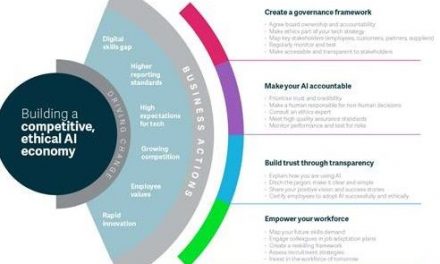
5G and renewable energy in Namibia

By Emilia Nghikembua
Communications Regulatory Authority Chief Executive.
Poised at the forefront of renewable energy adoption, Namibia is on the cusp of an energy revolution, significantly propelled by the integration of Fifth Generation (5G) connectivity.
This advanced technology promises to enhance the efficiency, reliability, and scope of renewable energy sources, from solar and wind power to emerging green technologies, paving the way
for a more sustainable and energy-efficient future in Namibia.
5G technology, known for its unparalleled speed and capacity for real-time control, is set to revolutionise how Namibia manages its renewable energy resources. This advanced connectivity enables smarter, more efficient operation of solar, wind, and hybrid renewable systems. Through real-time monitoring and predictive maintenance, 5G ensures that renewable energy infrastructures operate at optimal efficiency, reducing costly and disruptive downtime.
At the core of Namibia’s renewable energy strategy are 5G-powered grids. These sophisticated networks, equipped with an array of sensors and Internet-of-Things (IoT) devices, provide detailed insights into energy consumption and distribution. This high-resolution data enables precise balancing of energy supply and demand, dynamic pricing, and improved grid reliability and accessibility. Such advancements are crucial for a country transitioning towards a more sustainable energy landscape.
Despite the promise of 5G in renewable energy, misconceptions about its environmental impact persist.
Namibia (CRAN) assures that Namibia’s 5G networks adhere to stringent energy efficiency and emission reduction standards. Advanced antenna designs and beamforming techniques are to be considered in minimising energy usage and environmental impact. Far from being a detriment, 5G technology serves as a vital conduit in managing and optimising renewable energy sources, propelling Namibia towards its sustainability objectives.
One of the most transformative aspects of 5G in the world of renewable energy is its ability to connect remote and rural areas. This technology significantly improves the range and throughput of communication networks, making it feasible to bring renewable energy solutions to even the most isolated communities. Innovative pay-as-you-go systems, facilitated by 5G, lower financial barriers, allowing widespread access to micro solar grids and other clean energy sources. This inclusivity is key to achieving national electrification and energy independence.
By addressing and correcting misconceptions about 5G, CRAN empowers Namibian citizens to fully embrace and leverage the potential of this technology. Far from being hazardous, 5G is an enabler, unlocking the vast potential of Namibia’s renewable resources like solar and wind energy. It promises enhanced grid resilience, broader energy access, and a sustainable, electrified future for all Namibians.
The fusion of 5G and renewable energy is more than just a technological advancement; it is a paradigm shift for Namibia. As the nation continues to harness its abundant solar and wind resources, 5G stands as a key enabler, ensuring that these green energy solutions are not only sustainable but also universally accessible. In debunking myths and embracing innovation, Namibia is well on its way to becoming a beacon of renewable energy and technological progress in Africa.













































